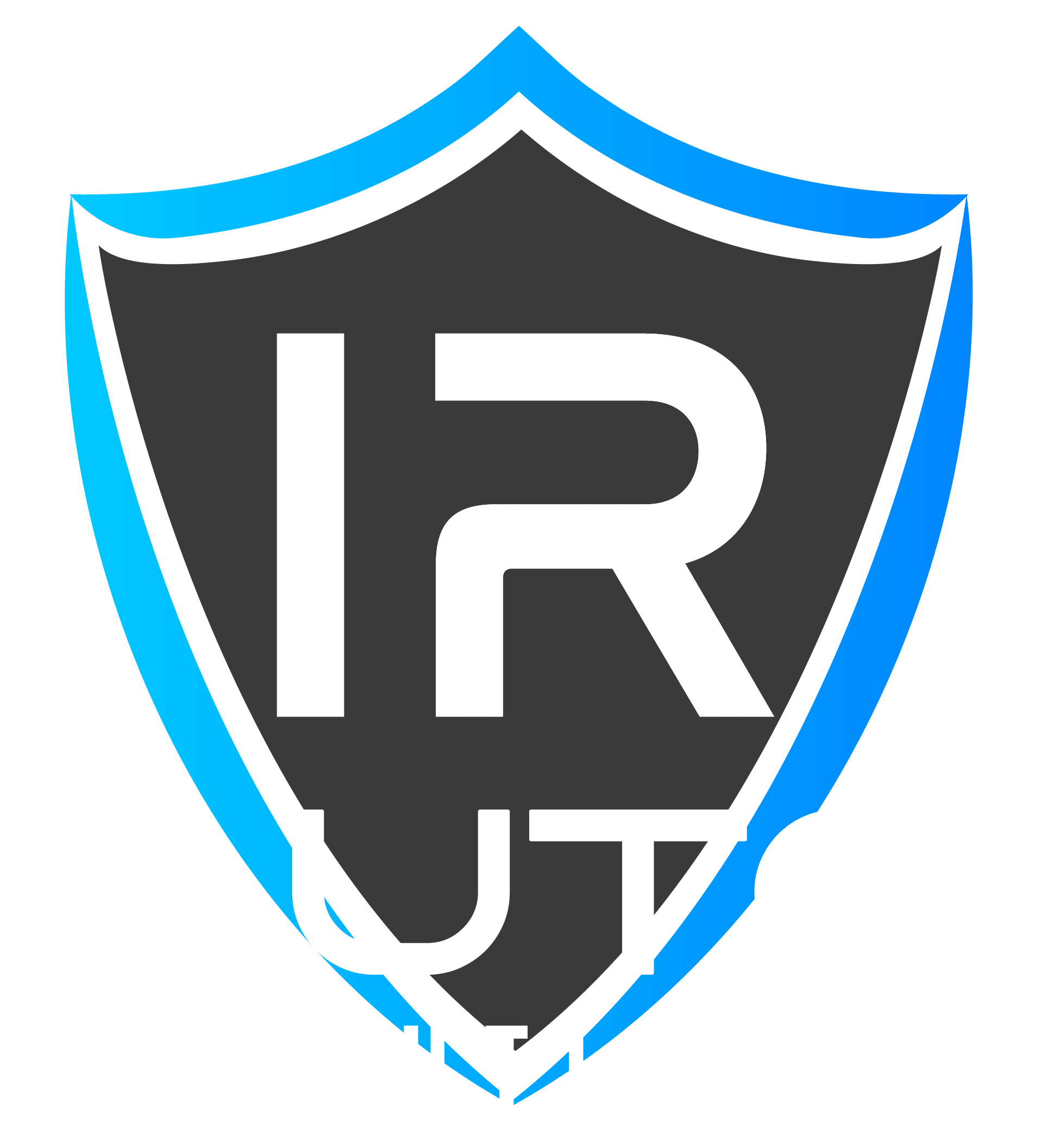Car tinting transforms cabin comfort by reducing heat, glare, and UV exposure while enhancing privacy. IR Auto Solutions provides the highest quality Paint Protection Film, Ceramic Coating & Window Tint in Asheville, NC. This guide answers key questions about materials, performance, installation, and maintenance to help drivers optimize comfort, energy savings, and interior protection.
Key Takeaways
- Ceramic films reject up to 60% of total solar energy and last over ten years.
- Carbon films provide a matte finish, block 40–50% TSER, and resist fading.
- Professional installation by IR Auto Solutions includes lifetime edge-seal warranties.
- Proper aftercare extends film life: avoid rolling windows and use pH-neutral cleaners.
- Smart film choices balance VLT limits, budget, and desired heat-rejection levels.
What is auto window tinting and how does it improve cabin comfort?
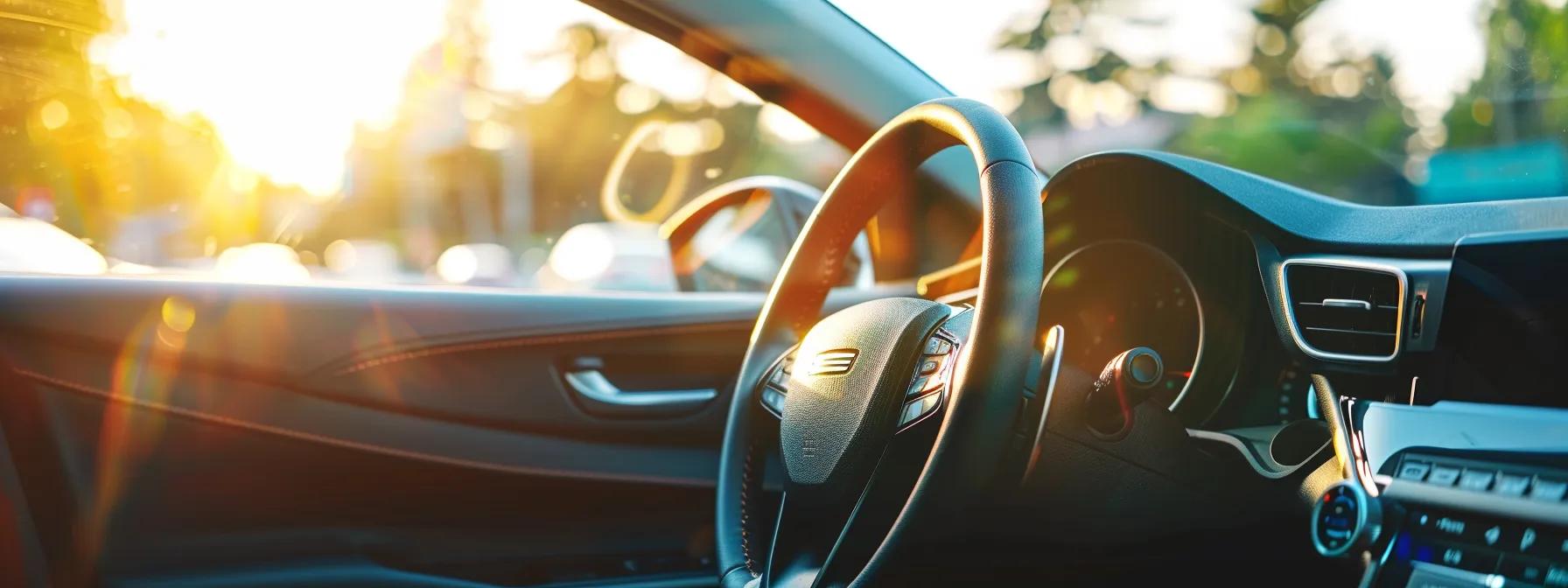
Auto window tinting improves cabin comfort by blocking up to 78% of solar heat and 99% of UV radiation through specialized window tint asheville nc films. Modern tints integrate nano-ceramic particles or metallized layers to absorb and reflect infrared energy, reducing interior air temperatures by 10–15 °F during peak sunlight. In addition to heat control, high-quality films from IR auto solutions lower dashboard fading, cut glare by 65%, and help air conditioning operate 20% more efficiently.
Window tinting also enhances occupant privacy and reduces eye strain during daytime driving. By combining heat rejection with UV protection rated at UPF 50+, premium tints prevent skin aging and reduce the risk of UV-induced damage. IR Auto Solutions’ certified installers use factory-grade adhesives and precision tools to ensure consistent coverage and long-term durability without bubbling or discoloration.
How does ceramic car tint optimize visual clarity and thermal performance?
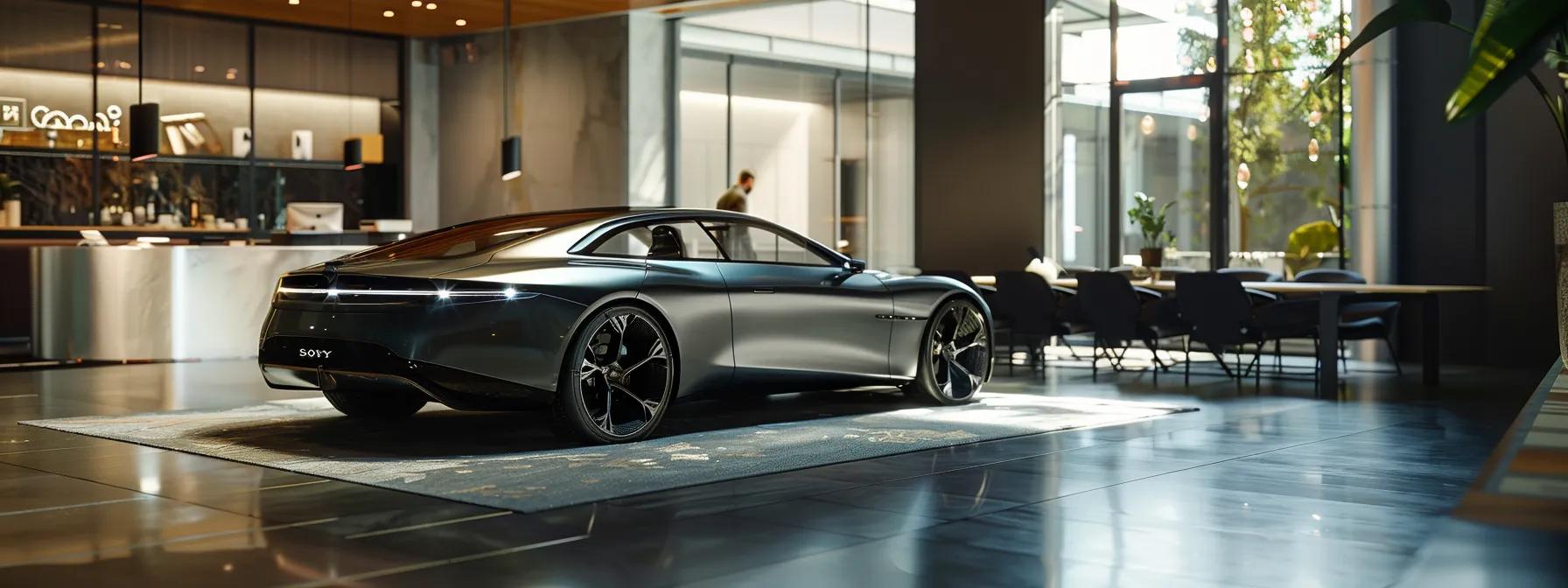
Ceramic car tint optimizes visual clarity and thermal performance by embedding non-conductive ceramic particles that reflect infrared heat while remaining optically clear. This technology rejects up to 50% of total solar energy (TSER) and 70% of infrared radiation (IRR) without interfering with radio or GPS signals. Compared to dyed films that fade in two to three years, IR Auto Solutions’ ceramic tints maintain color stability and optical density for over a decade.
The infrared-blocking performance of ceramic tint lowers cabin surface temperatures by 25–35 °F under direct sun, reducing air-conditioning runtime by 15–25%. Drivers experience sharper vision at dawn and dusk, as the high visible light transmission (VLT) options range from 35% to 75%, balancing glare reduction with outside visibility. IR Auto Solutions custom-cuts ceramic films to window contours using digital pattern-making for seamless edge adhesion and factory-level finish.
What are the advantages of carbon film in modern auto tinting?
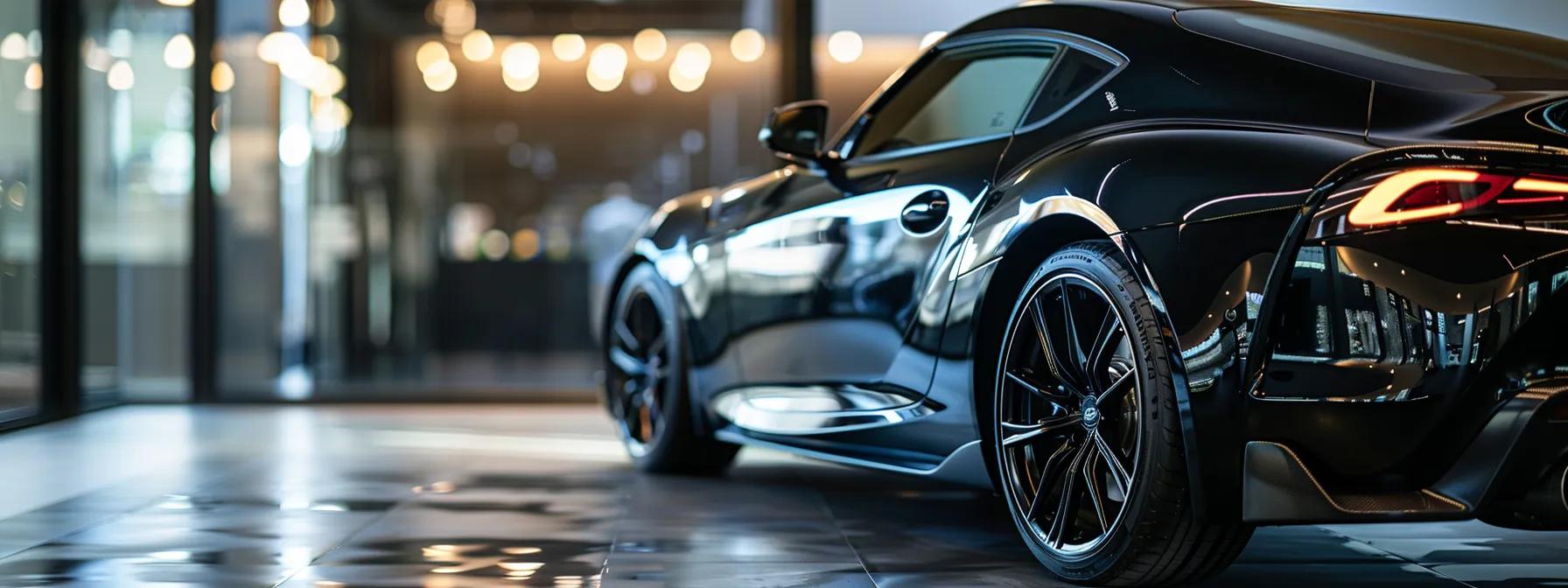
Carbon film provides a contemporary approach by using carbon-infused polymers that block 40% of infrared heat and deliver a matte-black finish without metal additives. This non-metallic design prevents signal interference and offers superior ultraviolet protection, blocking 99% of UV-A and UV-B rays. IR Auto Solutions’ carbon tints feature polymer matrices that resist fading, ensuring consistent performance for seven to ten years.
Beyond heat rejection, carbon film enhances crash safety by adding a laminated layer that holds glass shards together in collisions. The deep, uniform appearance appeals to style-focused drivers seeking a stealthy aesthetic. Installation by IR Auto Solutions includes dual-stage cleaning and primer application to optimize adhesion and edge-seal integrity, reducing the risk of lifting or peeling even in extreme temperature swings.
Which tint technology offers the best heat rejection?
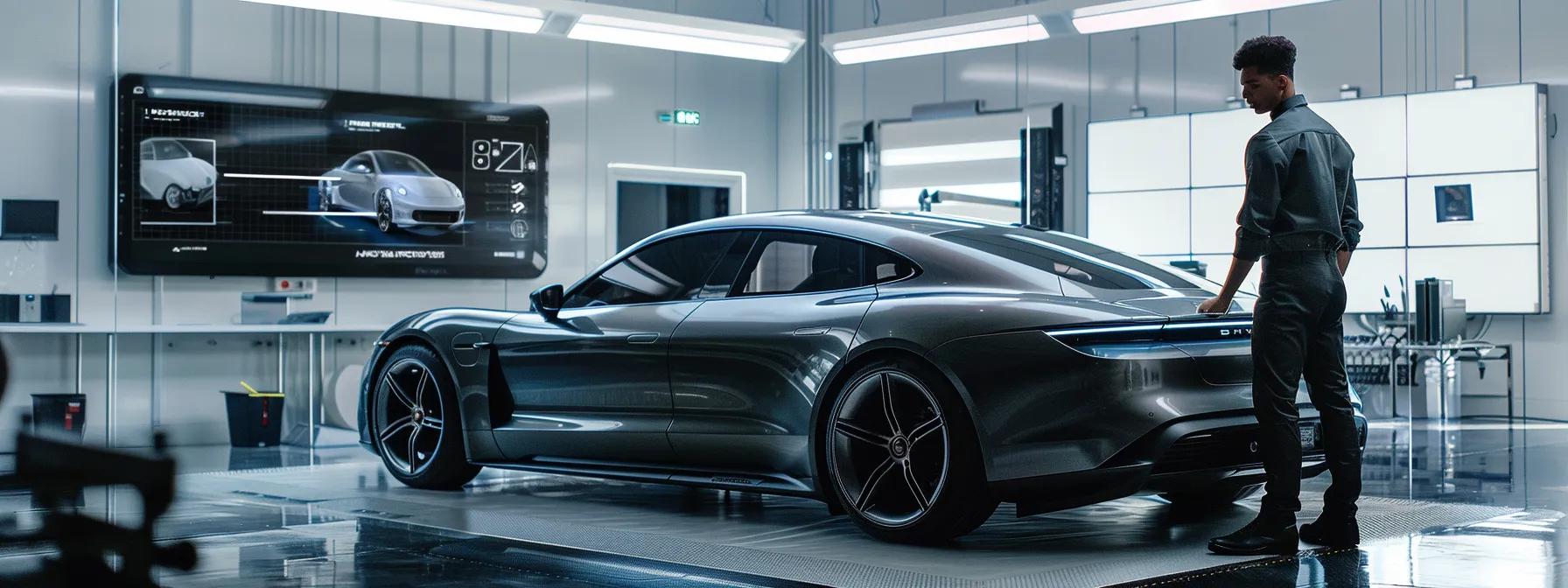
Ceramic-infused films offer the best heat rejection, with total solar energy rejection (TSER) ratings up to 60% and infrared rejection (IRR) above 80%. High-performance ceramic tints from IR Auto Solutions leverage proprietary nano-ceramic blends that reflect both mid- and far-infrared wavelengths, outperforming carbon (40–50% TSER) and dyed films (15–20% TSER).
Laboratory tests published in the Journal of Applied Polymer Science (2022) confirm that multi-layer ceramic films reduce interior peak temperatures by an average of 33 °F compared to un-tinted glass. Drivers benefit from faster cooling times—15% shorter AC-on cycles—and lower engine load. IR Auto Solutions provides photographic temperature mapping during installation, demonstrating real-time heat-rejection metrics to ensure transparency and performance validation.
What installation techniques and maintenance steps ensure optimal tint performance?

Optimal film performance requires expert installation: window surfaces must be cleaned with ammonia-free solutions and pressed with hard rubber squeegees to eliminate moisture and air pockets. IR Auto Solutions’ technicians use full-perimeter adhesion primers and heat-guns to contour films around curved glass, achieving factory-level precision. Post-installation, vehicles are kept dry for 48 hours to allow full adhesive cure.
Routine maintenance extends film life. Drivers should avoid rolling windows down for the first 72 hours, clean with pH-neutral sprays, and use microfiber cloths to prevent surface scratches. Annual inspections by IR Auto Solutions check edge seals, film tension, and UV-block efficacy using spectrophotometer readings. Addressing minor lifting within warranty prevents dirt ingress and premature failure.
How can drivers make smart tinting decisions for their vehicle’s comfort?
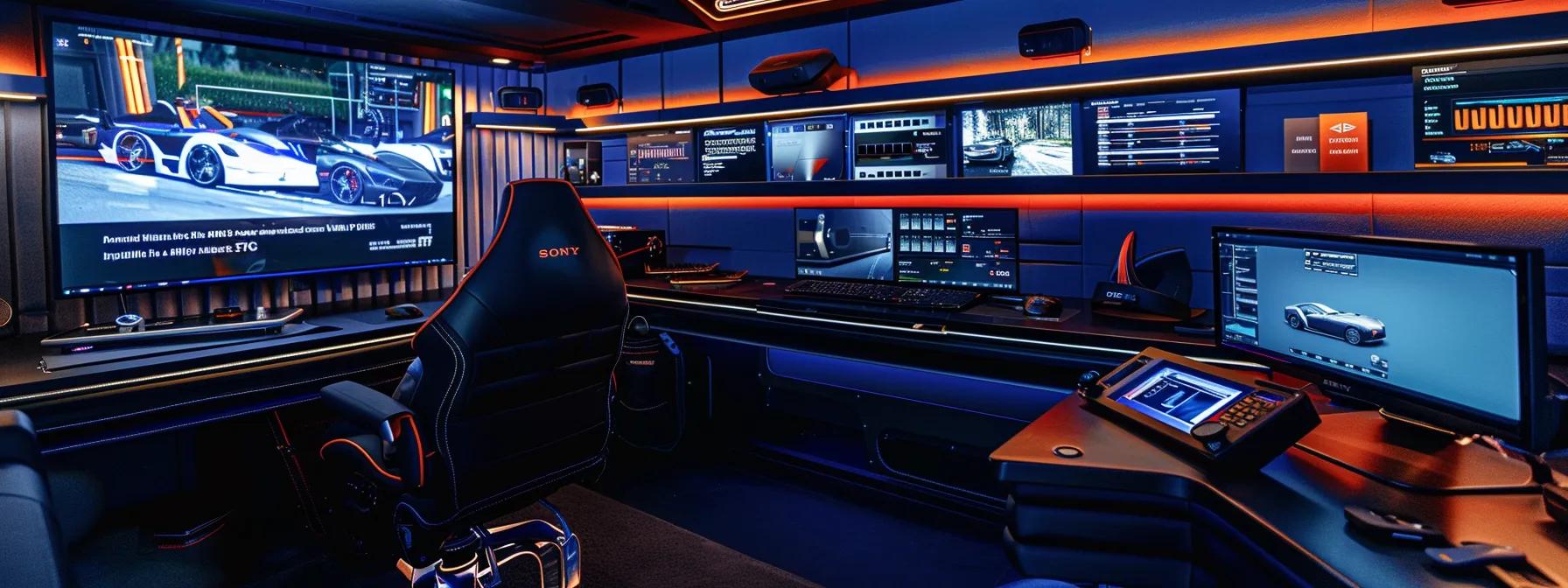
Smart tinting decisions balance heat rejection, visible light transmission (VLT), regulatory limits, and aesthetic goals. Drivers seeking maximum cooling should select ceramic films with VLT between 35%–50% for front windows and 15%–25% for rears, complying with most state laws. IR Auto Solutions offers free VLT testing and state-by-state compliance charts to ensure legal adherence.
Cost considerations vary by film type: a premium ceramic package averages $400 per vehicle, while carbon‐infused films start at $300. IR Auto Solutions provides financing options and seasonal discounts to fit budgets. Personal style factors—matte vs. glossy finish, edge tint lines, and film shade—can be previewed in-shop under natural light to confirm visual preferences before installation.
- Assess climate zone and average summer highs when selecting TSER ratings.
- Verify state tint regulations for minimum VLT percentages on driver’s side.
- Request on-vehicle heat-mapping demonstrations from IR Auto Solutions.
- Consider warranty coverage: edge seal, fading, and adhesive longevity.
- Balance upfront costs with projected AC fuel savings and interior protection.
How long does window tint last under normal conditions?
High-quality ceramic and carbon films maintain performance for 7–10 years with proper care.
Can window tint damage my electronics or signals?
Ceramic and carbon films are non-metallic and do not interfere with GPS, radio, or cell signals.
What VLT level is best for comfort and legal compliance?
A 35%–50% VLT in front windows balances heat control and street legality in most states.
How soon can I roll down windows after tint installation?
Wait at least 72 hours post-installation to allow the adhesive to fully cure and prevent lifting.
Does IR Auto Solutions offer a warranty on tint installations?
Yes. All window films installed by IR Auto Solutions include a lifetime warranty on edge seals.
Maximizing vehicle comfort through window tinting involves selecting films with high heat-rejection metrics and signal-friendly compositions. Professional installation and regular maintenance ensure lasting performance, energy savings, and interior protection. IR Auto Solutions’ expertise in ceramic, carbon, and specialty films delivers tailored solutions for Asheville drivers seeking both style and climate control. Drivers should weigh regulatory requirements, aesthetic preferences, and long-term comfort benefits when choosing their next tint upgrade.
